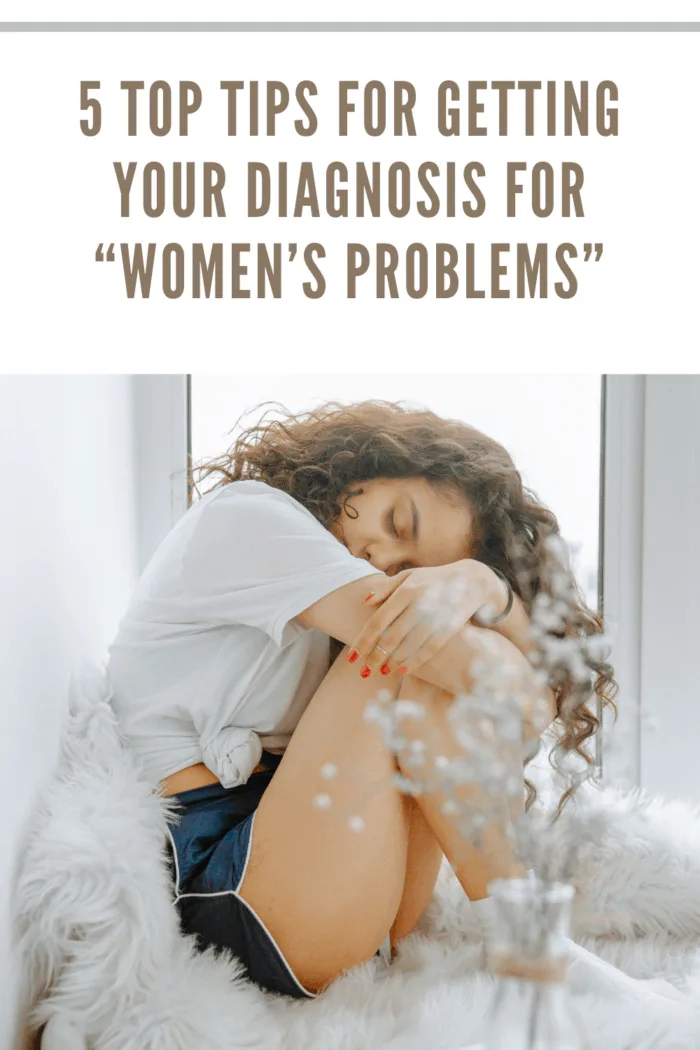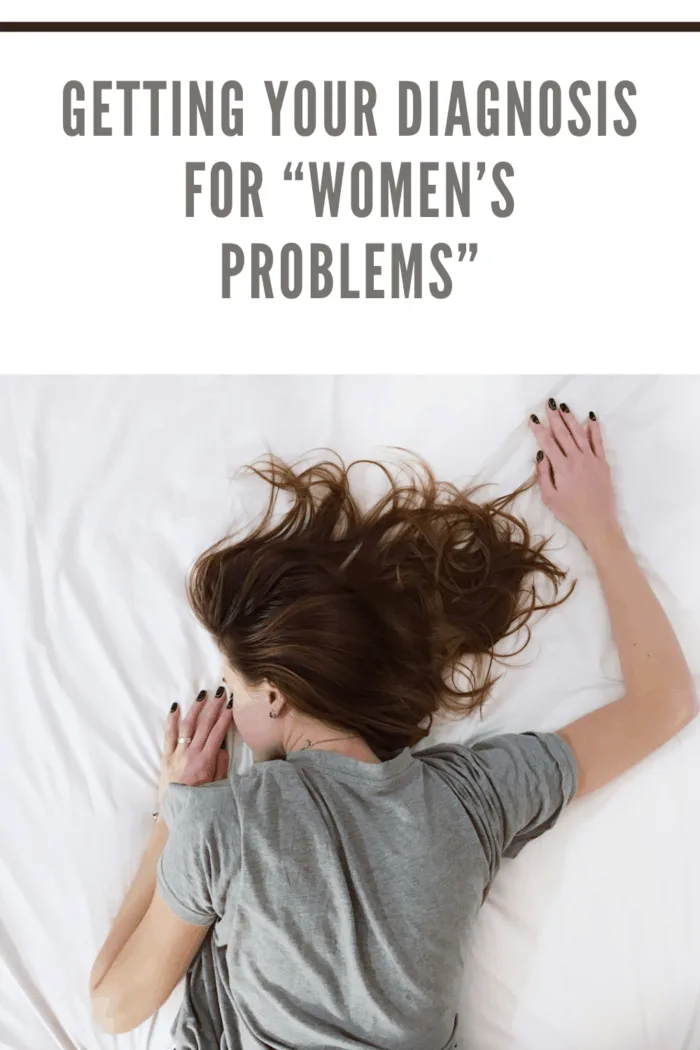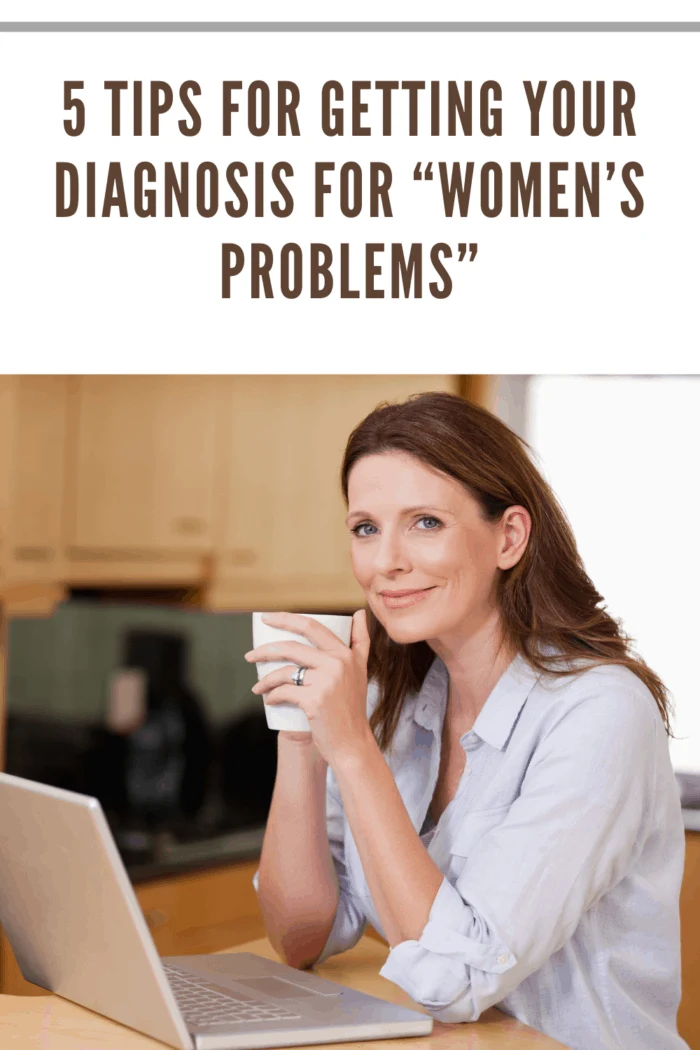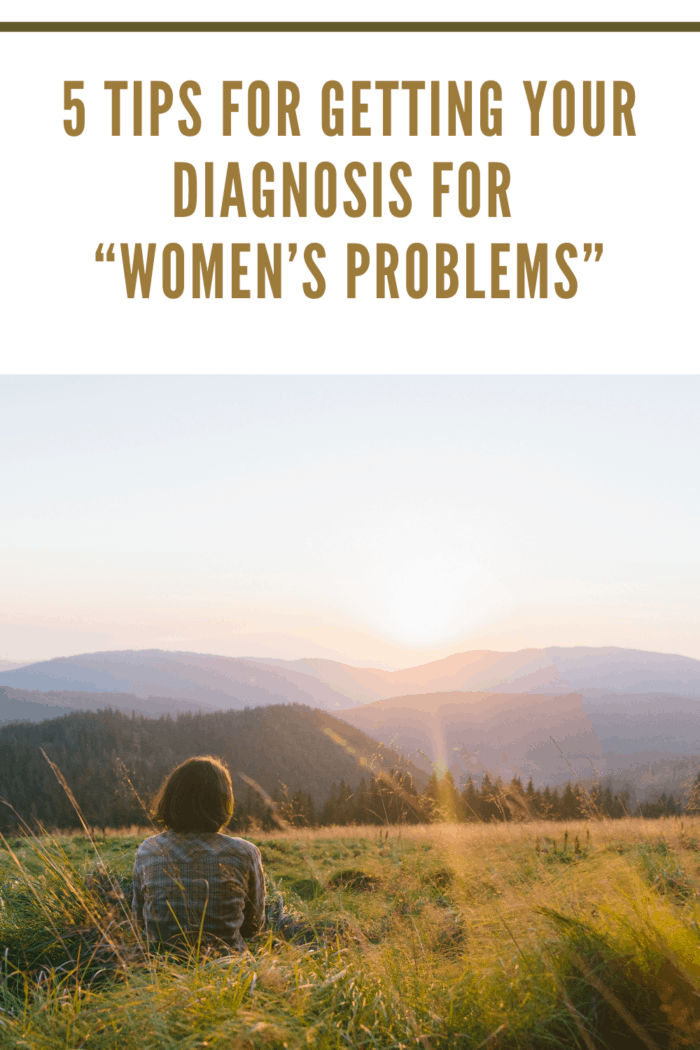Have your symptoms ever been dismissed as just “women’s problems”? We take a look at the conditions that are commonly difficult to get a diagnosis for and provide tips on how to get one faster.
There are various women’s health issues that are still misunderstood and under-researched, meaning that women often find it can take months or even years to get a diagnosis. Not only this, but women often feel embarrassed or feel ashamed to talk about these issues due to social stigmas. So, they avoid reaching out about their symptoms for a long time.
All too often, women report being told that their symptoms are just part of being a woman, something to just live with. Sadly, there are too many stories of women who have suffered for years at the hands of a negligent general practitioner, and some who have even died, says Milton Morrill Solicitors.
Today, we’re taking a look at some of the most common conditions for which women have trouble getting a timely diagnosis. We’ll also dive into the reasons behind this and some tips on how to get your diagnosis quicker.

What are “Women’s Problems”?
““Women’s problems” has become the blanket term used to describe women’s health issues that they don’t understand. Some of the most notoriously difficult conditions to get a diagnosis for include:
Endometriosis
Endometriosis is a common condition that affects 1 in 10 women of reproductive age in the UK. This causes cells that would usually be found in the lining of the uterus to start forming and reproducing elsewhere in the body.
These cells act exactly as they would inside the uterus, building up and then breaking down each month, except outside of the uterus, meaning the blood has nowhere to go.
This can cause debilitating symptoms such as:
Pain in the lower abdomen or back
Heavy and painful periods that stop women from carrying out normal day to day activities
Pain during or after sex
Pain when peeing or pooing during a period
Nausea
Constipation or diarrhea
Despite being such a common condition that has such a massive impact on women’s lives, scientists still don’t know the exact cause of endometriosis. Shockingly, it takes an average of 7.5 years from the first symptoms to get a diagnosis. Unfortunately, this delay can lead to other serious long-term issues, such as ovarian cysts, bladder and bowel problems, and difficulty getting pregnant.
Polycystic Ovary Syndrome (PCOS)
Polycystic ovary syndrome (PCOS) is another common condition that can affect the ovaries and how they function.
It affects around 1 in 10 women in the UK, and the main symptoms are:
Enlarged ovaries that contain many fluid-filled sacs called follicles that surround the eggs
Irregular periods
Higher levels of androgen (male hormone) in the body causes excess facial and body hair
Acne or oily skin
Thinning of hair or hair loss on the head
Like endometriosis, the cause of PCOS is unknown, but it is thought to run in families. It is thought that it could be linked to abnormal levels of hormones in the body, and a resistance to insulin.
Again, it can take years for women to be diagnosed with PCOS. Because of this, many women struggle with mental health issues due to excess weight gain and facial hair that they can’t control. This is still stigmatized in our society.
Vaginal Mesh Issues
Vaginal mesh implants are used to treat women for prolapse and incontinence, usually caused during childbirth. The procedure to implant them is quick and cost-effective and has become more popular with surgeons than the more complex ‘Burch Colposuspension procedure.
However, a damning report released just this year by IMMDS Review has revealed that hundreds of women had concerns about chronic pain after having the implant. To top it off, they were dismissed by medical professionals, with disastrous consequences.
Vaginal mesh complications have caused extreme pain that has impacted every area of their lives, stopping them from working, exercising, and even having sex, ruining countless relationships. Some women were so incapacitated by the implant that they wouldn’t even walk, and have had to resort to using a wheelchair to get around. In some terrible cases, the mesh has caused sepsis and other secondary infections, which has taken women’s lives.
Contraception Issues
Hormonal contraception in the form of ‘the pill’ is used by more than 3.1 million women in the UK. Most women will experience no side effects from hormonal contraception. Some will even benefit, experiencing positive side effects like regulated periods and moods and better skin.
However, many women will experience negative side effects, such as depression and anxiety, loss of libido, pain, weight gain, and in some extreme cases, suicidal thoughts and attempts. A lot of women who seek medical advice about the symptoms they’re experiencing will often be dismissed or told that they need psychological help or antidepressants. Many women who experience pain associated with the implant and the coil are not listened to, and it can take a long time to get the devices removed.

Why Women’s Health Problems are Ignored
“You’re being hysterical.”
‘Hysteria’ was used to diagnose women for a variety of conditions that doctors did not understand for hundreds, if not thousands, of years. This was largely because the medical industry has been predominantly male until the late 19th century. So, there was much that was still misunderstood about women’s health.
The origins of hysteria lie in ancient Greece and are related to the uterus – uterus comes from the Greek word hysterika. Hysteria became a catch-all diagnosis for doctors when they did not know what was wrong. For example, epilepsy was often confused with hysteria before advancements in medicine and testing.
Even now, it is not uncommon today to hear women being told they’re ‘being hysterical’ about the symptoms they’re experiencing.
Lack of Understanding
Unfortunately, women seeking advice for symptoms such as bloating, cramping, and chronic lower back pain are very often still ignored or dismissed as ‘hormonal’ or ‘women’s problems.’ Often the reason behind this is that there is still a lack of understanding of how women’s bodies work, and there is less awareness of the symptoms and causes of certain conditions such as PCOS and endometriosis.
Underrepresentation
Women are also still underrepresented in scientific studies, as they are more difficult to study than men due to their hormones. The myriad of variations in menstrual cycle length and PMS symptoms can make studies longer and more expensive to run. This often means researchers leave women out in order to get the funding for their study.
Therefore, women’s health issues are not studied and understood as much as other issues that can affect both men and women. Because these issues are not considered life-threatening, they will not be as high a priority compared to studies for things like cancers and infectious diseases.

5 Top Tips for Getting a Diagnosis for “Women’s Problems”
Getting a diagnosis for your symptoms as a woman can seem like an uphill battle. It’s terrible that women still struggle to be heard by doctors. But, there are some things you can do to help get your diagnosis much quicker.
1. Keep track of your symptoms
As we’ve seen, women’s health issues are still misunderstood, and symptoms of things like endometriosis are similar to those of many other conditions.
To do this, it is important that you keep track of all your symptoms, both physical and mental, via an app or just write them down. This can help your doctor spot patterns and can help to speed up your diagnosis.
2. Request a Female Doctor
Studies show that 57 percent of women do not feel comfortable talking about their female health. Speaking to a male doctor about these issues can make some women even more uncomfortable, particularly when their symptoms are often dismissed or misunderstood by them. According to the NHS website, you may ask to see a female GP, so long as they are available at your practice.
If you find that you can’t see a female doctor at your practice, or that you are still being dismissed, The Women’s Health Clinic has female-staffed clinics across the UK, and their minimum appointment times are 30 minutes. This way, you can ensure you are listened to completely.
3. Get referred to a specialist
If you feel that you’re getting nowhere with your GP, you may have more luck seeing a specialist in women’s health. Although you have the right to ask to see a specialist, your GP may not feel that it is necessary or may wish to try several tests first. You cannot self-refer to the NHS unless you are accessing sexual health clinics or A&E treatment.
If your GP refuses to refer you, you can seek out private health care, although this can be costly, and they will not have your full medical history as your GP would. Taking out health care insurance may be able to cover some of these costs, or your employer may have a health care plan. But, different specialists have different costs, so be sure to check this thoroughly before committing.
4. Get a second opinion
If you feel that your current GP is not listening to your concerns, or you’ve had various tests and not got any answers, you can ask for a second opinion. Unfortunately, on the NHS, you have no right to a second opinion; it and will be up to your GP’s discretion to refer you to another GP or specialist. However, you do have the right to see a GP competent enough to deal with your case, so it is important that you get the help you need if you are worried.
If you are not happy with the GP you are referred to, you can change to a different GP practice altogether. If you feel that your GP is incompetent and their care has been negligent, you may be able to make an official complaint. The complaints process is different depending on your healthcare provider and what you want to achieve. More information about the process can be found on the Citizen’s Advice website.
5. Be persistent
Unfortunately, there are so many sad stories of women who have just ‘got on things because they either didn’t want to be a burden or they just didn’t think the symptoms would be taken seriously. The most important thing to remember is you know your own body. If something doesn’t feel right, seek medical advice, and be persistent until you get the correct diagnosis.
The Eve Appeal is a nurse-led service that hosts a video series called ‘It’s Probably Nothing,’ sadly a phrase that most of their calls and emails start with. The series aims to delve deep into women’s health and the symptoms you might be experiencing. They can answer questions, signpost you to trusted resources, and also advise you on when you should see a doctor. It has helped countless women realize that their symptoms should be taken seriously by doctors and that they shouldn’t suffer in silence.

Get Help with Women’s Health
In this article, we’ve talked a bit more about the sorts of health issues that are typically dismissed as “women’s problems.” We’ve also delved into why this often happens, as well as some top tips on getting your diagnosis. We hope this will help you to get the treatment you deserve.
Have you had trouble getting a diagnosis for a women’s health issue? We’d love to hear your story in the comments
